Re-Brand Vs Re-Position
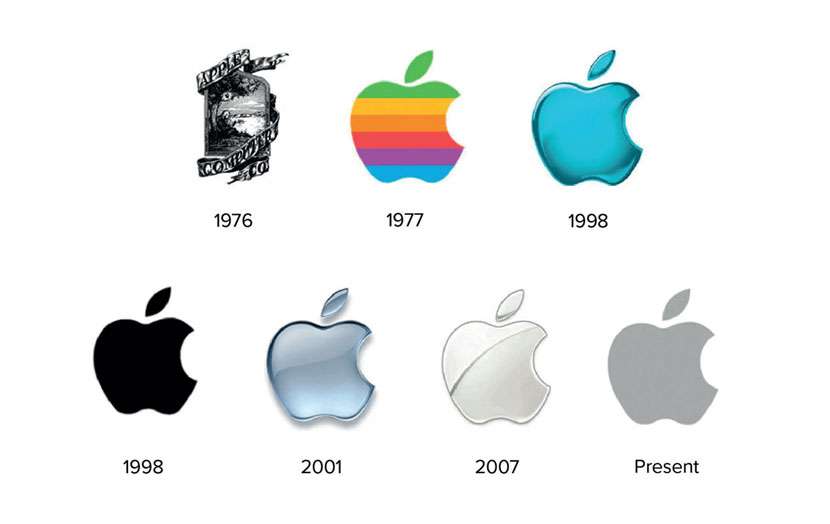
Is there a difference between Re-branding, re-positioning, rejuvenating and revitalizing or are they the same?
One of the frequently asked questions in the fraternity of branding and marketing is; whether there is a difference between re-branding and re-positioning. Re-branding mostly ends up giving an existing brand a new name or a new look and feel.
Re-branding - How Apple has changed their logo since 1976
The change of logos and change of colours etc are classic examples of re-branding exercises which are mainly aiming to add extra energy to a brand or to make it look more current and trendier to show that the brand is evolving. Whereas, in a repositioning exercise, the brand changes the image that is held by the consumers in their mind about the brand. It could be more strategic and more long-term oriented than a mere change of logos or colours.

Re-positioning
By looking at the mobile handset market, we can conclude; No phone brand is perfect, and each comes with a set of pros and cons. Samsung phones have great hardware but sometimes have issues when it comes to Android and its own UI. Apple, by contrast, has fantastic integration between hardware and its own operating system, but its phones are notoriously expensive.
Samsung Phones
The Korean brand manages to produce brilliant phones across a range of prices – something few other companies can achieve. Whether you want to splurge on a wallet-busting Galaxy S22 Ultra, or scrimp on a Galaxy A53, or fold it up with the Galaxy Z Fold3, there’s something for everyone. Samsung achieved this by re-positioning themselves to suit the professional's requirements by giving their handsets more functionalities and a more serious appearance thereby outwriting once most wanted and demanded Blackberry which was discontinued in January 2022.
But later Apple iPhone was able to capture that market by being more user-friendly and providing more security options to the extent of making the mobile handset virus-free. Even though iPhone is perceived as the most expensive mobile hand-set brand in the market, Samsung commands the highest price for its Samsung-Galaxy S22 Ultra. (On Amazon S22-Ultra goes at USD 1, 119 whilst the most expensive latest addition of iPhone 13Pro going at USD 999.) Therefore, it’s important to understand that re-branding is more of an in-side out approach and re-poisoning is more of an outsidein approach where the end consumer is expected to change the way they perceive the brand.
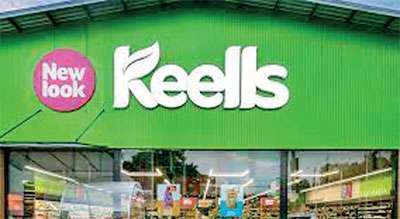 From Keells Super to Elephant House Super POLA and back
From Keells Super to Elephant House Super POLA and back
Elephant House Keells Super was re-positioned as Elephant House Super Pola in early 2000 to compete with Cargills which introduced massive discount schemes to consumers with the intention of attracting them to Cargills. When Keells Super Followed the same strategy by reducing prices, and going beyond that to change the name from Keells Super to Elephant House Super POLA implying that they are more cheaper in their prices than Cargills by claiming them to be POLA which is the place mass majority would go to by fresh items at a rock bottom price.
The re-positioning strategy of being an up market brand to a mass market brand failed when Keells witnessed a shortfall in their footfall with the name change. Therefore, they were compelled to launch Keells Super again in the market to regain their lost customer base. Following the revising of the strategy, Keells could attract their base back and continued businesses. However, after a decade or so from this occurrence, Keells again underwent a change in their appearance in the recent past.
It was visible that the new look and feel of Keells with a Green colour based outer appearance was more prominent and looked more energetic and revitalized than before. The idea behind the recent rebranding exercise was to keep the brand alive and current so that it gives a better picture to the market and also to depict as an environmentally friendly brand to get more closer to affluent consumers in the urban and semi-urban areas of Sri Lanka. Therefore, it’s evident that brand revitalization, re-juvenation, re-branding etc would serve the purpose of providing the brand with extra energy to remain current and to be appealing to its segment/s.
However, re-positioning would mean a lot more serious and a lot more innate process which involves in shifting the brand from one point to another in the minds of the consumers. Cinnamon hotels too embarked on a project of re-branding all the hotels of the chain under one umbrella brand; Cinnamon Hikkaduwa Reef, Habarana Lodge, Yala etc were all brought under one umbrella brand. This topic will be further discussed in the next article with more examples from the FMCG sector.




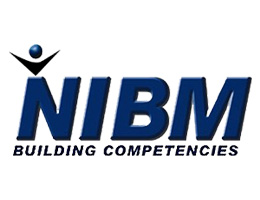

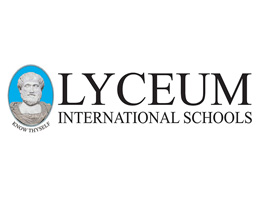
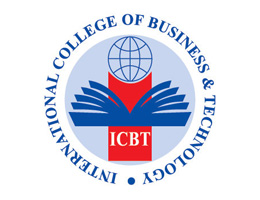
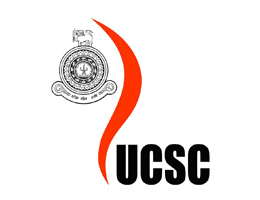
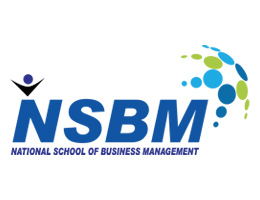
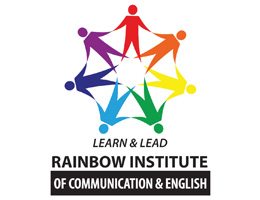
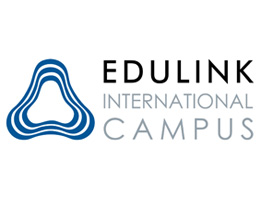
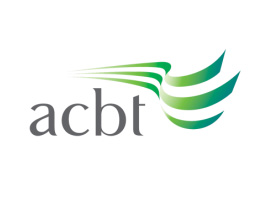




























.jpg)

.jpg)
.jpg)
.jpg)
.jpg)
